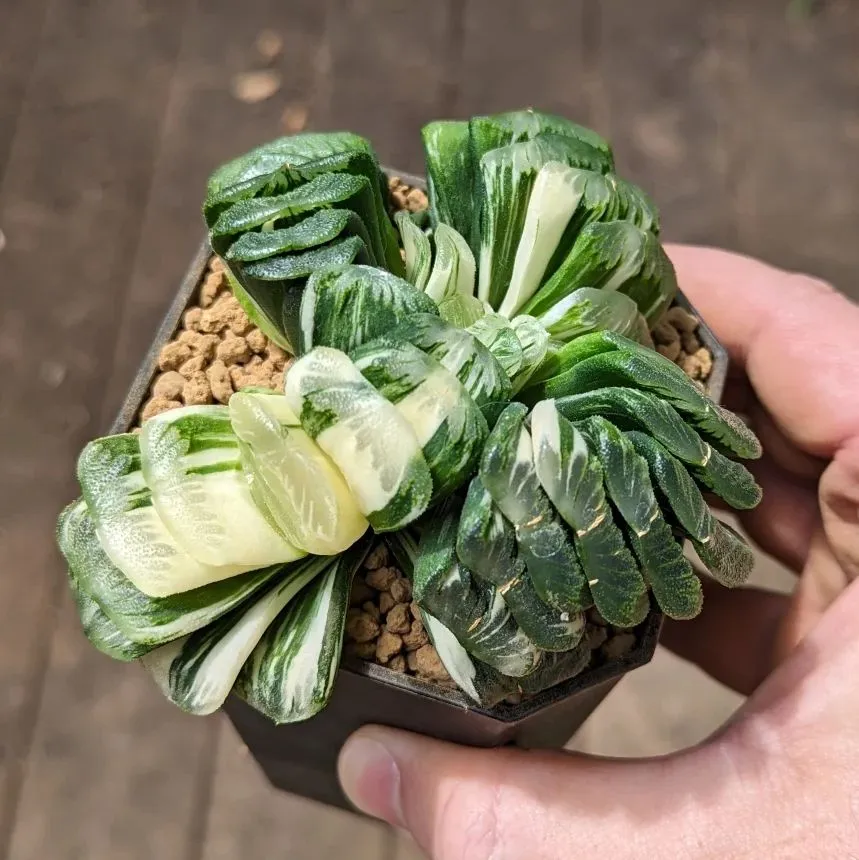Sorghum: A Grain of Many Talents
Sorghum. The name might not ring a bell as loudly as wheat or rice, but this unassuming grain has been a dietary staple for millions around the globe for centuries. As someone fascinated by the intersection of agriculture and sustainability, I’ve become increasingly intrigued by sorghum’s potential to address some of the pressing challenges facing our food systems.
Sorghum, a genus of flowering plants in the grass family (Poaceae), boasts a remarkable diversity with roughly 18 species. Its resilience in arid and semi-arid conditions makes it a crucial crop in regions where water scarcity is a concern. But sorghum’s value extends far beyond its drought tolerance. Let’s delve deeper into the world of this versatile grain.
A Diverse Family with a Shared Heritage
The Sorghum genus encompasses a variety of species, each with unique characteristics and uses. Some of the most notable members include:
- Sorghum amplum Lazarides
- Sorghum bicolor (L.) Moench
- Sorghum brachypodum Lazarides
- Sorghum bulbosum Lazarides
- Sorghum burmahicum Raizada
- Sorghum controversum (Steud.) Snowden
- Sorghum ecarinatum Lazarides
- Sorghum exstans Lazarides
- Sorghum grande Lazarides
- Sorghum halepense (L.) Pers.
- Sorghum interjectum Lazarides
- Sorghum laxiflorum F.M.Bailey
- Sorghum macrospermum E.D.Garber
- Sorghum matarankense E.D.Garber & Snyder
- Sorghum nitidum (Vahl) Pers.
- Sorghum propinquum (Kunth) Hitchc.
- Sorghum sorghoides (Benth.) Qing Liu & P.M.Peterson
- Sorghum virgatum (Hack.) Stapf
A Nutritional Powerhouse
Sorghum is a nutritional powerhouse packed with essential nutrients. It’s a good source of complex carbohydrates, providing sustained energy. It’s also rich in dietary fiber, which aids digestion and promotes gut health. Sorghum is notably gluten-free, making it a suitable grain for individuals with celiac disease or gluten sensitivity.
This grain is also a good source of several essential minerals, including iron, magnesium, and phosphorus. Iron is crucial for oxygen transport in the blood, magnesium plays a vital role in numerous bodily functions, and phosphorus is essential for healthy bones and teeth.
Adaptability and Resilience
One of sorghum’s most remarkable traits is its adaptability to diverse environments. It thrives in arid and semi-arid regions, making it a vital crop in areas prone to drought. This resilience stems from its efficient water-use capabilities and its ability to withstand high temperatures.
Sorghum’s adaptability extends beyond its drought tolerance. It can also grow in a variety of soil types, including those with poor fertility. This makes it a valuable crop for marginal lands where other crops may struggle to survive.
A Crop for the Future
In a world facing increasing environmental challenges, sorghum offers a sustainable solution for food and energy production. Its drought tolerance and adaptability make it an ideal crop for regions facing water scarcity and climate change.
Sorghum’s versatility extends to its various uses. It can be processed into flour for baking, used as a whole grain in salads and side dishes, or popped like popcorn for a healthy snack. It’s also a valuable ingredient in animal feed and a promising source of biofuel.
As we look for ways to feed a growing population while minimizing our environmental impact, sorghum stands out as a crop with immense potential. Its adaptability, nutritional value, and versatility make it a key player in building a more sustainable and resilient food system.
Beyond the Grain
While sorghum is primarily known for its grain, the entire plant has value. The stalks and leaves can be used as fodder for livestock or as a source of biomass for energy production. Sorghum’s deep root system helps improve soil health by increasing organic matter and reducing erosion.
In some cultures, sorghum is also used for non-food purposes. The stalks can be used to make brooms, baskets, and other handicrafts. The pigments in some varieties can be used as natural dyes.
A Personal Connection
My interest in sorghum stems from a desire to find sustainable solutions to global challenges. Sorghum’s resilience, versatility, and nutritional value make it an ideal crop for addressing food security and environmental concerns. I believe that by promoting the cultivation and consumption of sorghum, we can contribute to a more sustainable and equitable food system for all.
As I continue to explore the world of sorghum, I’m constantly amazed by its potential. This unassuming grain holds the key to addressing some of the most pressing challenges facing our planet. I’m excited to see how sorghum will continue to play a vital role in shaping a more sustainable future.
If i die, water my plants!



